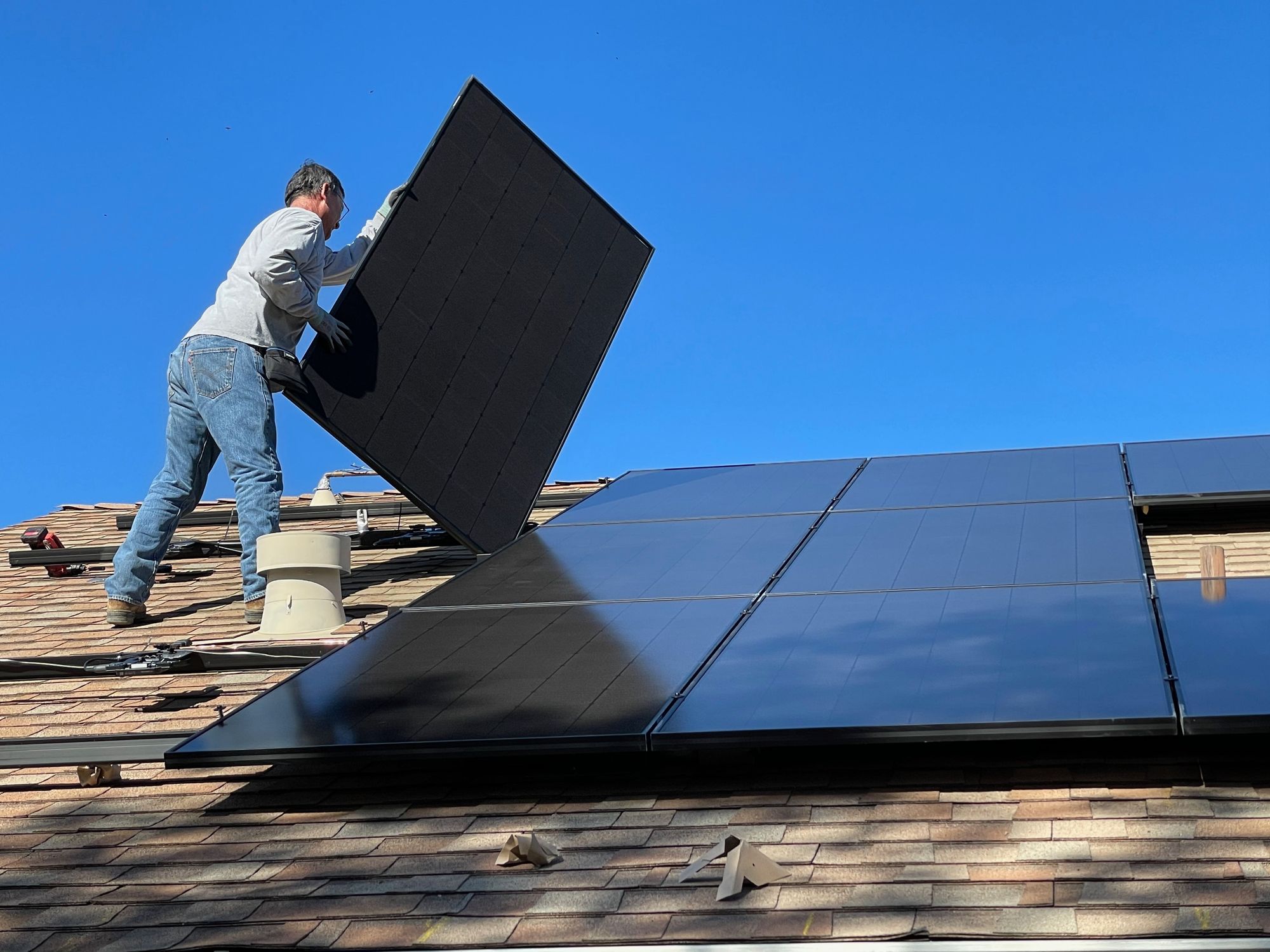The Inflation Reduction Act doesn’t sound like the most important climate legislation that Congress has ever passed, but it is. After more than a year of whittling down a massive piece of partisan legislation, the Democrats in Congress passed a bill by budget reconciliation that authorizes $370 billion in spending over the next ten years to reduce the emissions driving climate change. Here’s how you can tap into that funding and reduce your own emissions.
Rather than put a price on carbon dioxide emissions, the IRA uses subsidies and rebates1 to reward people for choosing low-carbon options on a variety of emissions sources.
In addition, it puts an increasing price on methane emissions from large oil and gas wells, which will generate $4.8 billion in revenue and incentivize oil and gas companies to cap methane leaks.
Of the $177 billion for clean electricity, $9 billion is for clean energy rebates and grants for residential buildings. There is also $37 billion for green energy tax credits for individuals and $14 billion for tax credits for new and used electric cars. These are all opportunities for people to reduce their exposure to fossil fuel cost variations and to reduce their spending on energy.
By installing rooftop solar, purchasing a new or used electric vehicle, replacing a gas furnace with a heat pump, a gas water heater with a heat pump water heater, and a gas cookstove with an induction stove, improving insulation and reducing drafts in your home, and adding batteries to store the electric charge from your solar panel, you’ll be eligible for tens of thousands of dollars in tax credits and upfront discounts, AND you can substantially reduce the annual costs of your transportation and home heating.
How much do these subsidies add up to at the personal level? It depends on your income, where you live, whether you rent or own your home, and how many carbon-intensive products can be replaced. Try this calculator2 to find out what you’re eligible for, and how much you can save on your energy expenses.
How much is the IRA expected to reduce U.S. emissions of greenhouse gases? The Rhodium Group estimates a reduction3 by 2030 of about 10% compared to current policies, and about 40% lower than in 2005. That doesn’t sound like a lot, but the impact can be expected to grow as zero-carbon technologies gain popularity due to their lower operating costs.
While an aggressive price on carbon has greater potential to penetrate the economy and drive down carbon emissions, the U.S. is simply not yet ready4 for such a powerful climate policy. However, by passing the IRA, Congress has launched a shift in energy use that will gain increasing acceptance as the public experiences the health and economic benefits of carbon-free technology.
More needs to be done on climate change. It’s up to us to communicate the imperative and experience and demonstrate the many benefits of action on climate change.
- https://www.nytimes.com/interactive/2022/08/13/upshot/whats-in-the-democrats-climate-health-bill.html
- https://www.rewiringamerica.org/app/ira-calculator
- https://rhg.com/research/climate-clean-energy-inflation-reduction-act/
- https://insideclimatenews.org/news/12082022/after-25-years-of-futility-democrats-finally-jettison-carbon-pricing-in-favor-of-incentives-to-counter-climate-change/
Steve Ghan leads the Tri-Cities Chapter of Citizens Climate Lobby.


